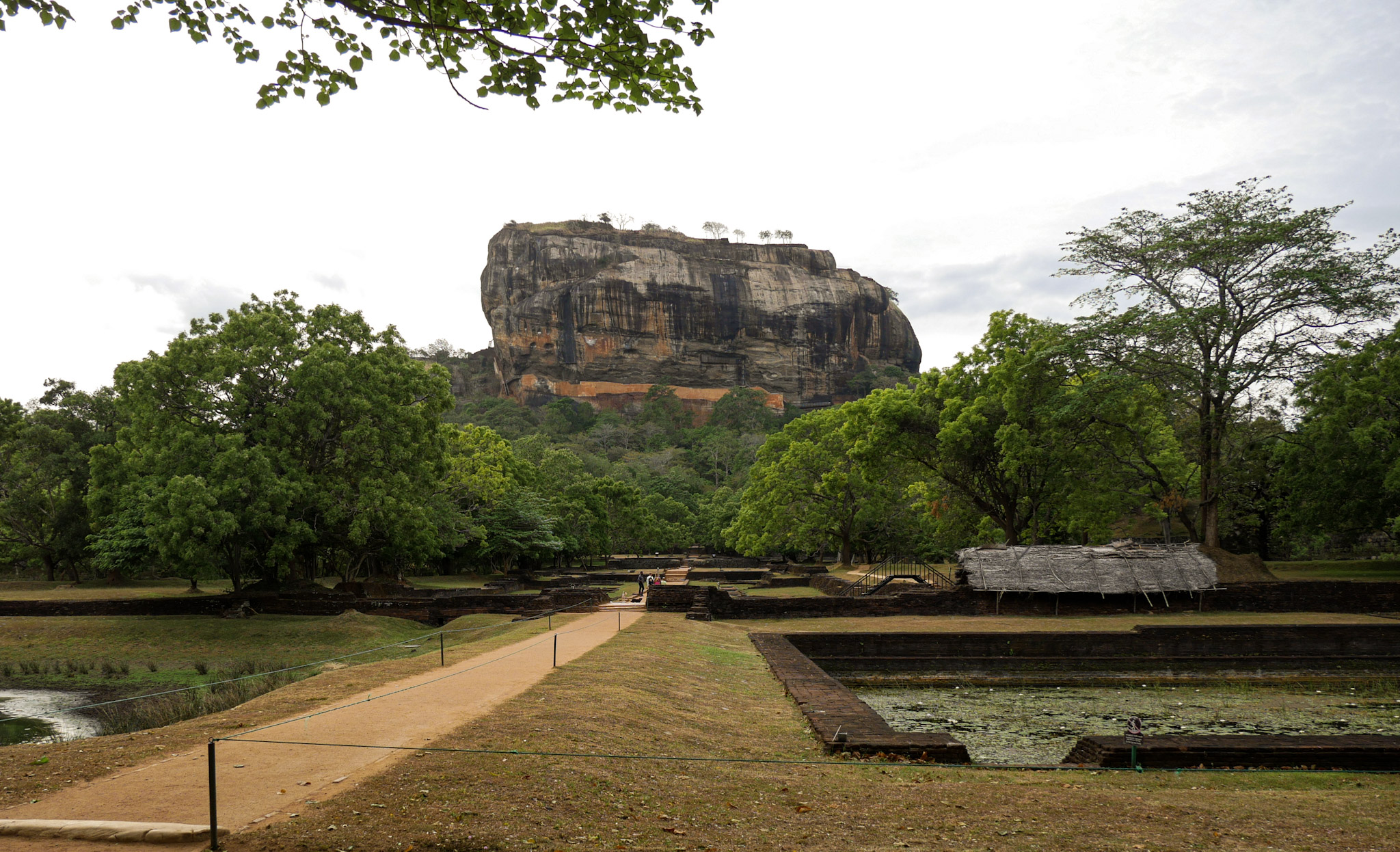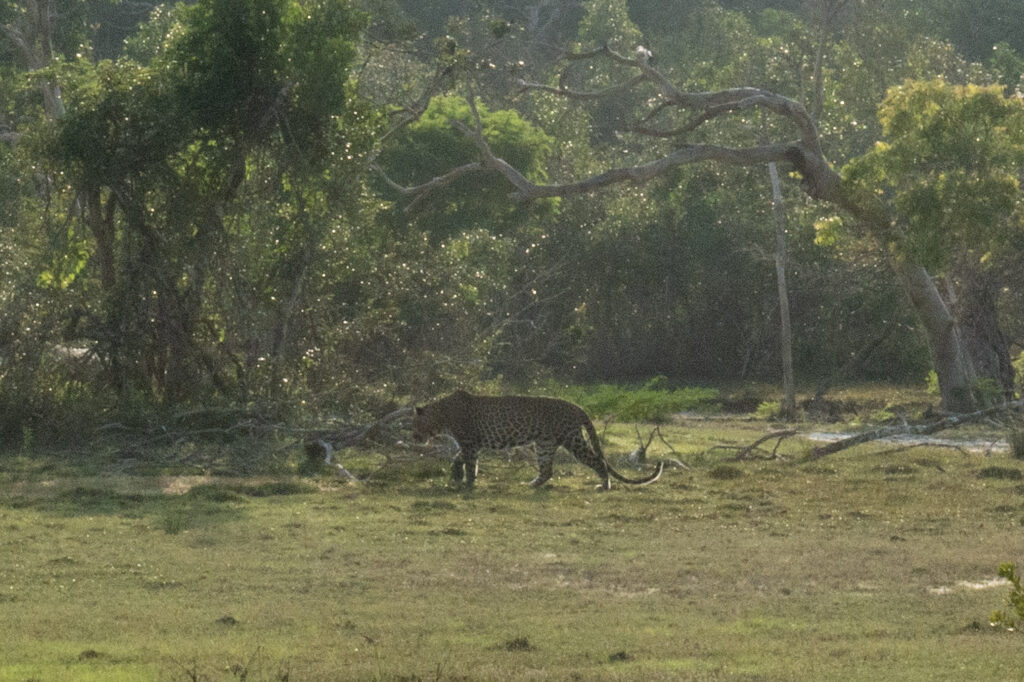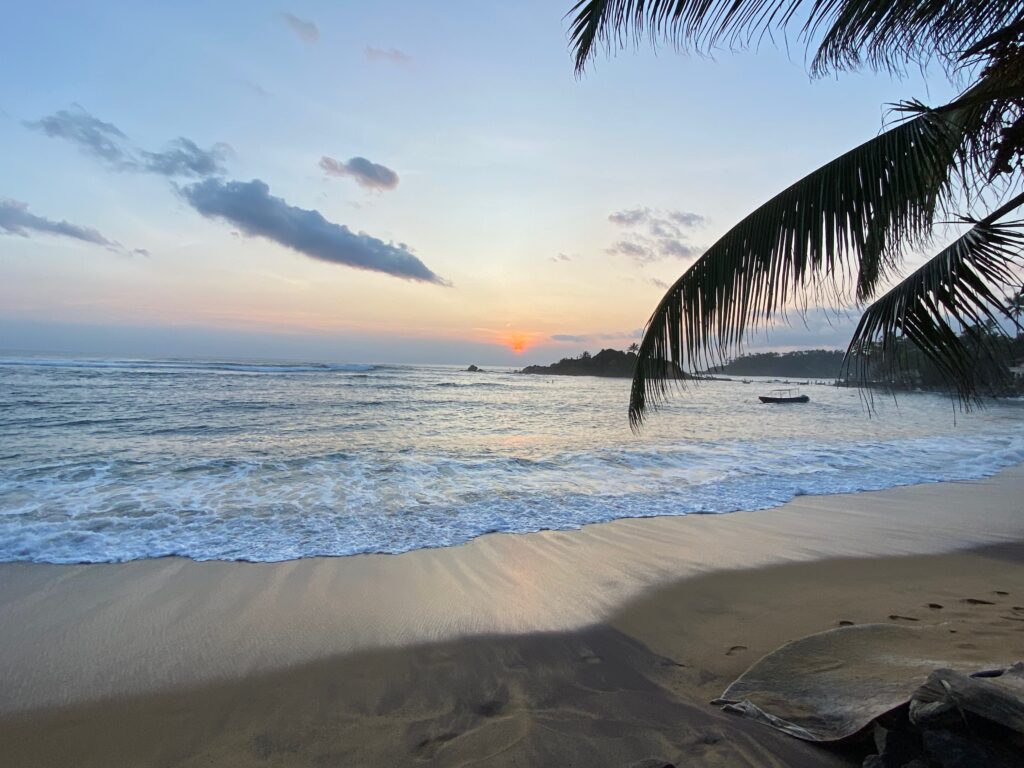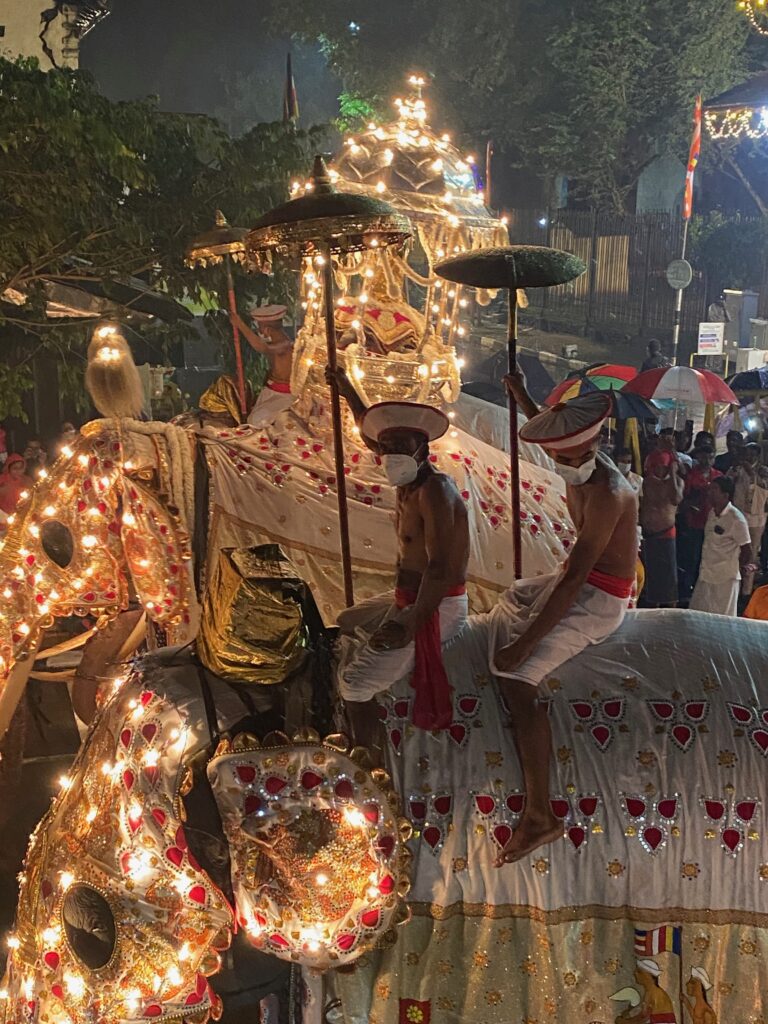
Sigiriya—Amazing place to buld a palace, heh?
Considering your next vacation? You should consider Sri Lanka
Here are a few thoughts to make the most of the trip (One being, is it safe to go there?)
Okay, big questions first: Isn’t Sri Lanka in the middle of a financial crisis? Didn’t they just have rioting in the streets? Is it a safe place to go right now? Shouldn’t we consider elsewhere until things settle down there?
In short, the answer to the first two questions is yes, but the answer to the third is yes as well. And because of the unrest, isn’t it better to go someplace else? To that, I have to give a resounding, “No!”
Let me explain.
Here’s what we have experienced: We arrived in Sri Lanka on February 28, 2022—right before things fell apart. The Sri Lankan government, because of its dwindling dollar reserves, floated their currency on March 8 and officially defaulted on their loan payments in April. The result was shortages all over, the most painful of which were fuel for vehicles and cooking stoves, as well as certain imported food items that were in constant demand. This put tremendous pressure on people and made the government of the time extremely unpopular. Protesters began calling for the president to “go home” (resign, that is). “Gota go home”—against then-president Gotabaya Rajapaksa—may be one of the catchiest protest slogans I’ve ever heard. To make a long story short, protests turned violent on May 9 (for a day, basically), and then again on July 9 (for a couple of days, and then government buildings were occupied peacefully, cleaned, and given back). The July protests led to Gotabaya going to the Maldives rather than home and breaking up with the country (resigning) via email. In the following weeks, Sri Lanka formed the fifth new government since we’d arrived in February (though a lot of the faces remained the same throughout).

A leopard in Wilpattu National Park.
The protests the news services enjoyed broadcasting on both May 9 and July 9 were confined to small areas of a few city blocks around certain public buildings. At no time did we feel endangered, even with the largest protests being only a mile or so from us in one direction or another. (Yes, we were in the middle.) I know the news made it look bad but think of it this way: had you been a German tourist in Washington, D.C. On January 6, 2021, sitting in your hotel room near the Smithsonian, would you have felt threatened by the violence going on at the Capitol Building? My guess is, probably not. Even if you were at the Smithsonian while that was happening, you probably didn’t know what happened until you turned on the news that evening. No one is on the warpath looking to hurt German tourists.
While there was a determined effort to break into the buildings protestors surround in Sri Lanka, once they were in, the “violence” was over. Sure, they swam in the president’s pool, raided his candy stash, and jumped on his bed, but protest leaders made sure nothing was damaged. It was all public property, after all.
For us, as foreigners in Sri Lanka, we never felt in any danger. Unless someone chose to get between protestors and those opposing them (and even if you did, for the most part), you were more likely to be run over by a tuk-tuk.
And let me add, because of the fear watching these protests on the news has caused, people are still staying away from Sri Lanka in droves. It is the one time in history—and probably for the foreseeable future—when you can do all the cool touristy things in Sri Lanka and not be overrun by other tourists. Not to mention prices are greatly reduced because local hotels and activities are hungry for business.
Thus, in the past ten months, we have pretty much had the country to ourselves and enjoyed it tremendously. That won’t last for long, though, which is why this may be the best time to plan a trip to Sri Lanka of any for the rest of your life. (Just saying.)
With that out of the way, if you are going to plan a trip to Sri Lanka, where should you go and when are the best times of the year to come here?
Short of saying, “Any time,” let me give you an overview. Sri Lanka has so much, when you should come really depends on what you’d like to do and see. So here are two different grids to consider.
Consideration #1) What you would like to do and see?
Sri Lanka divides easily into six regions that each have their own unique features and charms. There are four coastal regions with their beaches, jungles, and wildlife—north, south, east, west—and two central regions—the Cultural Triangle of ancient kingdoms in the north, and the high country perfect for growing tea and traipsing through tropical rain forests looking for waterfalls just south of that.
The west runs roughly from Wilpattu National Park (just south of Mannar Island) to Galle on the southwestern tip of the island. The closer you are to the capital city of Colombo, the more developed the area is with the pluses and minuses of Sri Lankan-style urbanization. Outside of a nature preserve, the most charming places are probably at the extremes—Kalpitya Island and the quaint fort city of Galle.

One more spectacular sunset off Mirissa Beach.
The southern coast is a string of splendid beaches—some quite nice for surfing and others spectacularly powder soft—with hidden gem hotels and guesthouses tucked into the palm trees. These beaches also tend to be shallow a good distance out, which makes them wonderful for playing in the waves. As you get further west, you run into Yala National Park, the most popular of Sri Lanka’s National Park because of its density of wildlife—particularly leopards. Nearby Bundala NP is known for its birds, though we saw an elephant there as well as crocodiles and other wildlife, and Udawalawe and Lunugamvehera NP have their own charms (we have yet to visit, unfortunately).
In my opinion, the east has the most underrated and unspoiled beaches of the island. Arugam Bay in the south is a surfer’s paradise with different beaches for beginning, intermediate, and advanced surfers. Farther north, Batticaloa, Kalkudah, and Passekudah have some of the newest developments (all decimated by the 2004 tsunami and built up since the end of the civil war in 2009) and the longest beach we visited in Sri Lanka. Still farther north, Trincomalee is a mix of culture and more beautiful beaches with only a sparse number of hotels along the glorious sand. Snorkeling at Pigeon Island and scuba diving are prime attractions during the drier months of April thru September when the sea is calm and inviting.
The far north is all about Jaffna, which was once its own kingdom, and the Tamil nation that never happened. The Tamils of the north are no less Sri Lankan than anyone else, but these are the people left from what turned out to be a brutal war that left scars on the nation you won’t feel the same way anywhere else on the island. The beach at Point Pedro that runs to the east is magnificent, though we did not explore it much since it was raining the day we visited. Jaffna itself is unique among Sri Lankan cities for so many reasons from food to religions to its history apart from the kingdoms of Colombo and the central provinces. Jaffna hums with new life these days, but the islands and surrounding areas still feel like they are reeling from the diaspora caused by the civil war.
These coastal areas surround the two central regions of the island: the Cultural Triangle and national parks of the northern and the mountainous tea country, waterfalls, and rain forests just to the south among Sri Lanka’s highest plains and peaks.
The Cultural Triangle is formed by three of the ancient capital cities of the island: Anuradhapura, Polonnaruwa, and Kandy, with the renegade and short-lived capital of Sigiriya in the center. Near Sigiriya are the three national parks best known for seeing elephants (and the Elephant Gathering of July and August). If you like ancient ruins from a culture that was far ahead of the rest of the world for its time, this area is a must for your travels. Oh, and if you want to see lots of elephants in a day. (We saw 85 in two days!)
The mountain region divides from the Cultural triangle at Kandy and runs south towards Yala and the southern beaches. This is the unexpected part of Sri Lanka with mountains that soar to over 8,000 feet and where jungles are eclipsed by misty rain forests. Here leopards, monkeys, and sloth bears wear furrier coats because of the cooler temperatures. The British even built their own village here from scratch because the climate was more like England and they could hit a golf ball a mile at over 6,000 feet. (Visiting the Grand Hotel there, you’ll feel a nostalgia for the British colonial days like nowhere else.) Further south, the view of Ella rock is spectacular. And throughout, the manicured rows of green that form the tea fields make an incredible foreground for the cloud-enshrouded forests and peaks. The train ride from Nanu Oya to Badulla over the Nine Arches Bridge is claimed to be the most beautiful in the world (which is a sentiment with which I concur, though I hope someday to also ride the challengers).
Between history, culture, monuments, temples, wildlife, natural beauty, sea activities, and beaches, each of these areas offers something you can’t find in the others. The first layer of deciding on a trip to Sri Lanka should be deciding between which of these you want to enjoy or what mix of them you’d like to see and then drawing an itinerary that will join them together. For example, getting inland as soon as possible and then ending at a beach somewhere is a great plan. You might travel to Habarana to see the elephant gathering and visit an ancient capital or two, then be in Kandy for the Esala Perahera (the twelve days before the August full moon), then take the train to Ella for some hiking, head to Yala to shoot camera trophies of leopards and elephants and the like, and then spend the last couple of days chilling on Mawella or a similar hidden beach, and ask if the blue whales are running to see if you can catch a glimpse of one. I can’t think of a more perfect trip around the island.
Beware the urge to see everything, however! Balance your days between getting out to see things and then spending a good portion of the rest of the day/weekend enjoying a magnificent hotel and its spa and pool. Mix your adventures with refreshing relaxation. There’s a temptation to schedule too much to do because, honestly, there is too much to do! Don’t fall into that trap. This is a place worth multiple trips, and missing out on a nice message or spa treatment (if not several) should be on every visitor’s to do list. Sri Lankans do ayurvedic like no one else.
Once you know what and where, you should consider when, and that largely depends on the timing of events or festivals and Sri Lanka’s interplay of monsoon seasons.
Consideration #2) The festivals and monsoon seasons
As a rule, Sri Lanka temperatures run roughly 75℉ to 85℉ (24℃ to 30℃) with high humidity every month of the year. There are, of course, variations (except for the humidity). Sometimes it gets into the low 90s ℉ (35℃), but we never experienced higher temperatures than that. The main exception is if you go to the high country where the temps are lower because of the altitude. Aside from that, you can always plan to be warm (and sweaty) if you are not in air conditioning. The ”winter” is warm and pleasant and slightly less humid—summers are full of festivals and beautiful, relatively undeveloped beaches. It’s hard to go wrong, but it helps to go when things are drier, and Sri Lanka’s monsoon seasons nicely complement each other so you can.
Sri Lanka has two independent monsoon seasons that wash opposite sides of the island during different times of the year. The Maha season runs roughly from October to February and keeps the north, the Cultural Triangle, and east of the island wet. Generally, this means an hour or so of rain a day (which often happens while you sleep), so it’s not a complete impediment to what you’d like to do, but sea activities tend to be limited because the ocean is rougher. So, from November to February (which is also the high season since it is winter in Europe and the northern countries) the best places to visit are the beaches of the western and southern coasts all the way from Wilpattu National Park in the north and Kalpitiya through Negombo and Colombo down the coast to Galle and then all the beaches between Galle and Hambantota and up to the National Parks of Yala, Bundala, Udawalawe, and Lunugamvehera on the southern border of the island (the south is better than the west, for the most part). The seas tend to be at their calmest for whale and dolphin watching in the south and west during these winter months. The mountain region and tea farms are also drier.
The Cultural Triangle is still good to visit during most months, though is a little bit wetter in winter. You get some cooling rains from time to time (and then pay for it with slightly increased humidity afterward), but rarely enough to keep you from still having plenty of sunbathing near a beautiful hotel pool as well as dipping into the rich cultural history of Sri Lanka’s ancient kingdoms and the Osymandian ruins left behind—as well as an absurd number of curious (and at times devious) monkeys. (Sometimes it does rain, which are great days to get a massage, but rarely.)
The other monsoon season, Yala, happens from May through September and keeps Colombo, the west, and the south wet, while the seas in the north and east calm and get more constant sunshine. While it might seem silly to escape warmer summer months at home to dive into the humidity of Sri Lanka, some of the best events happen during the Sri Lankan summer.

The Perahera celebrates the tooth relic of Buddha that is kept in the Temple of the Tooth in Kandy.
The Kandy Esala Perahera begins twelve days before the Nikini Poya day in August (Poya days happen every full moon and each month features a different celebration). This festival—often simply called “the Perahera”—which means “parade” or “procession”) is the most iconic cultural event of Sri Lankan Buddhist culture. The dances that fill the twelve parades of this festival (each night successively getting a little grander) are also performed at festivals, weddings, and special events the entire year all over the country. It’s hard to visit Sri Lanka and not come away with some artifact depicting some part of the Perahera, whether it be the image of a dancer or a figure of one of the richly adorned elephants that are ridden during the event.
Conveniently, the height of the elephant gathering in Mineriya and Kaudulla National Parks is also near the end of the dry season months of July and August in the north, east, and Cultural Triangle. The numbers of the elephant gathering have diminished in recent years because the government decided to divert water to keep the reservoirs of Mineriya and Kaudulla full year-round, which has resulted in the banks between the water’s edge and the forests being narrower, and therefore not forcing the elephants to wander farther from the trees to get to the most luscious grasses that grow where the water has receded. Hopefully that practice will soon change as naturalists also feel it is hurting the elephant population. While we were fine seeing seventy-some elephants on the rainy day we visited Kaudulla, I can’t help wondering what it would have been like to see 200 as we were told was a possibility.
There are truly so many things to do and see in Sri Lanka that it’s easy to get overwhelmed when considering a trip here. Seeing as much as possible is not the right approach for a country like this—leave that for visiting a big city in Europe where an inexpensive and spectacular spa is not part of the vast majority of the hotels, and where Maldives-/Bali-like relaxation is not built into the experience. There is a way of life in the tropics, and it is not defined by seeing how much you can sweat (unless you are in a sauna, anyway). Instead, you should ask yourself, “How is my time in Sri Lanka making me a better, more contemplative, more contented human being? How is what I am learning expanding my understanding of the world? What from this place will I take back with me to make home a better place?” When you come with such things in mind, Sri Lanka is more than a paradise. It becomes a transformation. “Smile like a Sri Lankan” is not just a catchy slogan; it is a kind of hospitality—a kind of hospitality we would all be better for experiencing.
That’s why, if you are looking for the trip of a lifetime in the coming months, I would urge you to consider Sri Lanka—and do it before the crowds return there. I think you will be glad you did.

Recent Comments